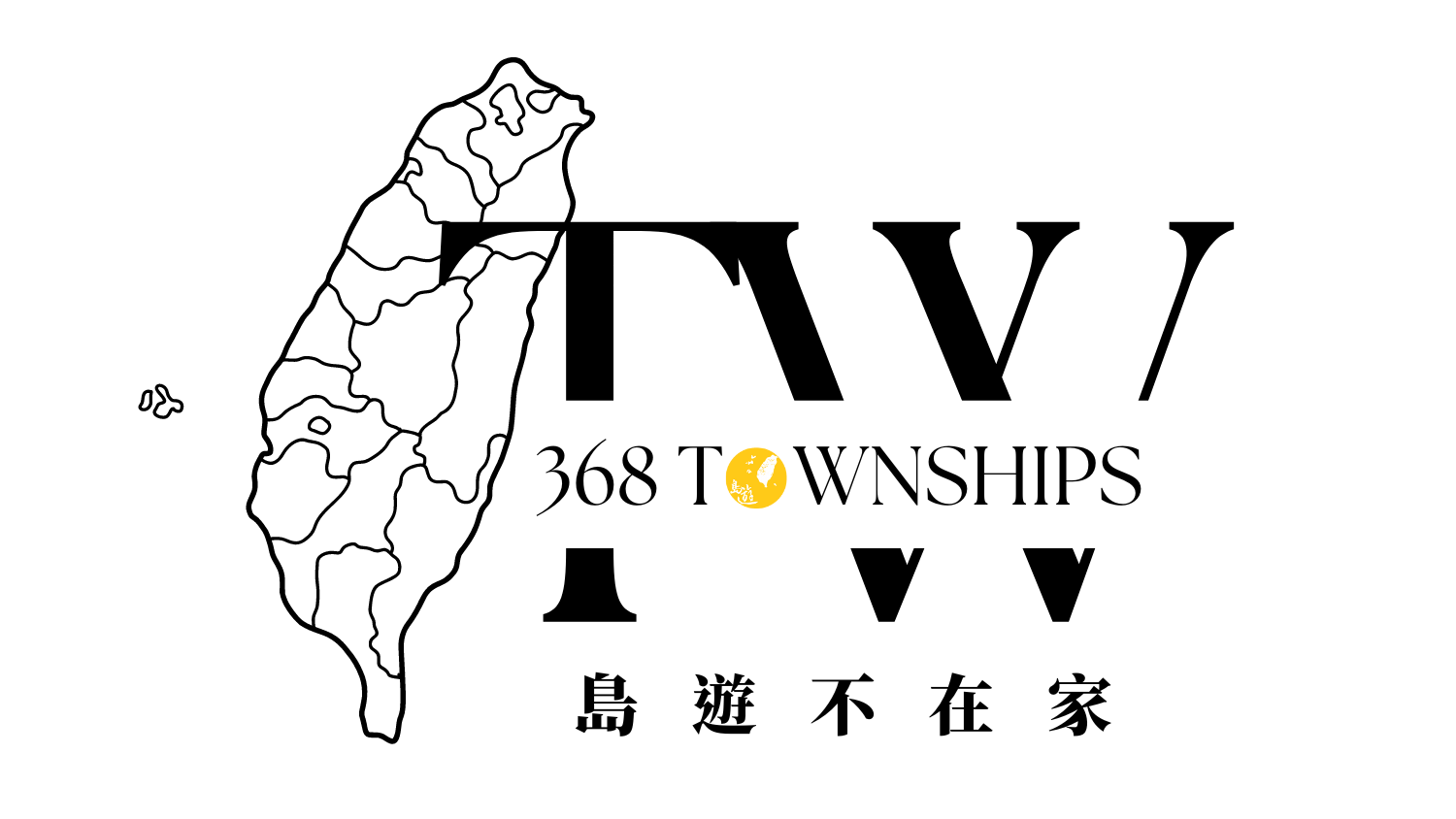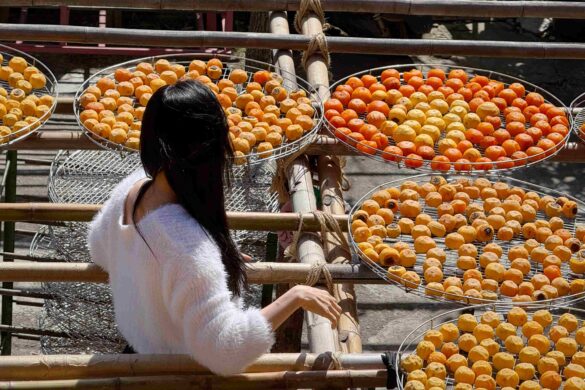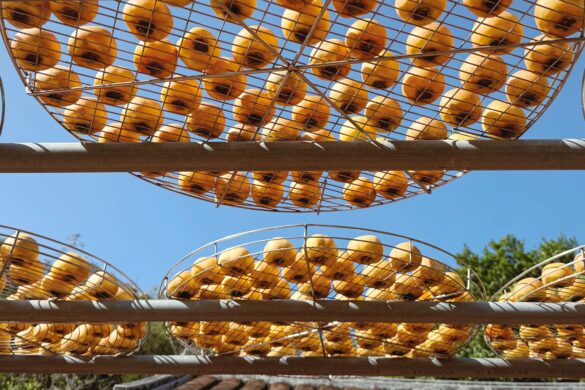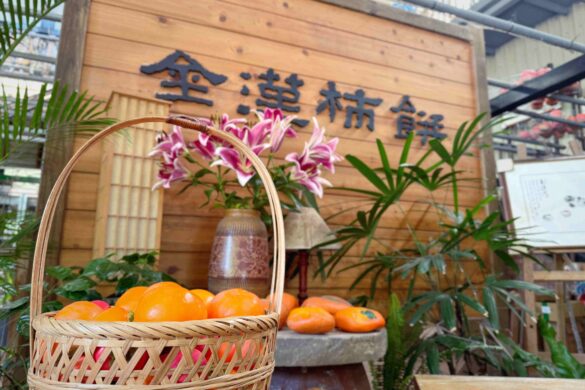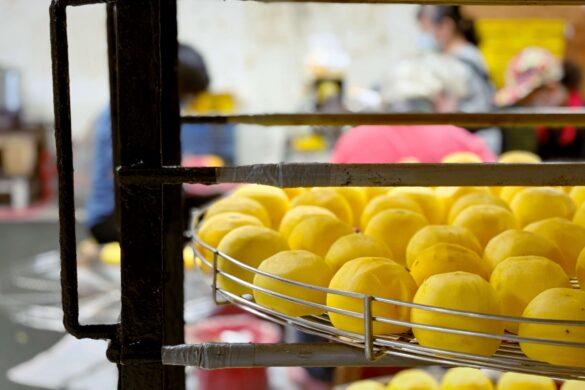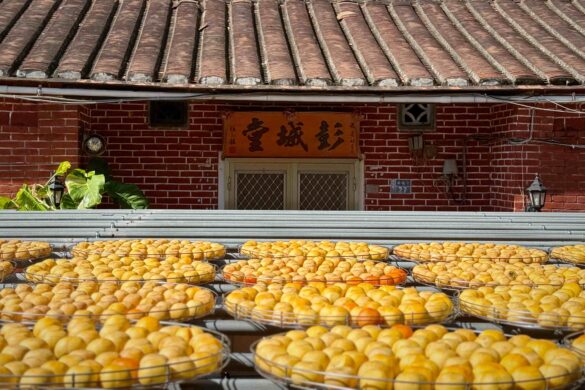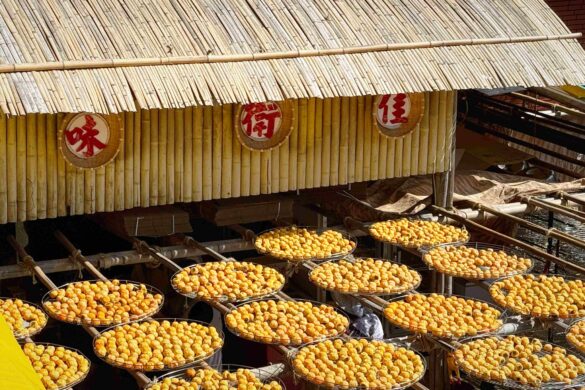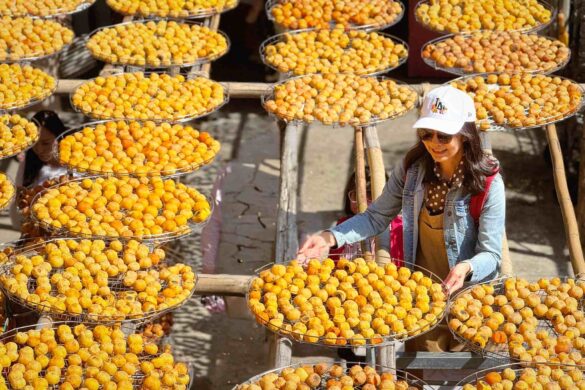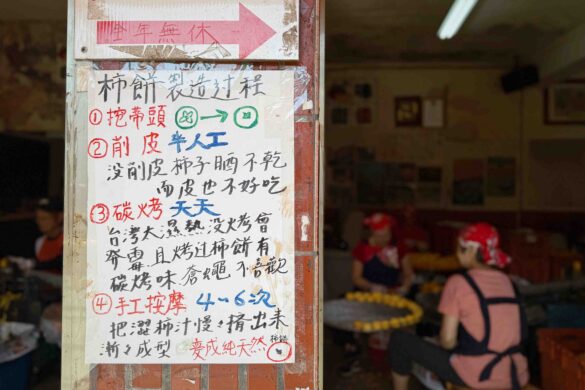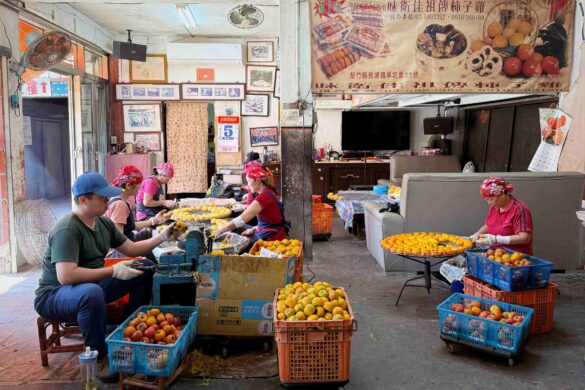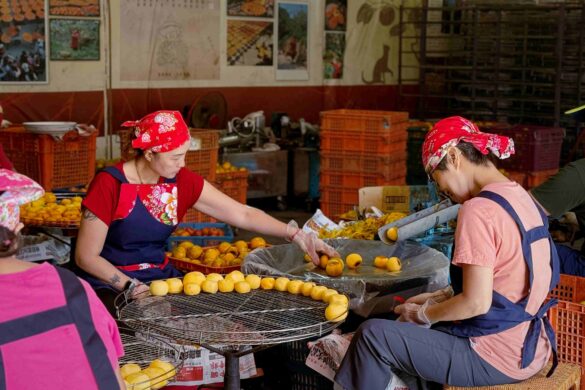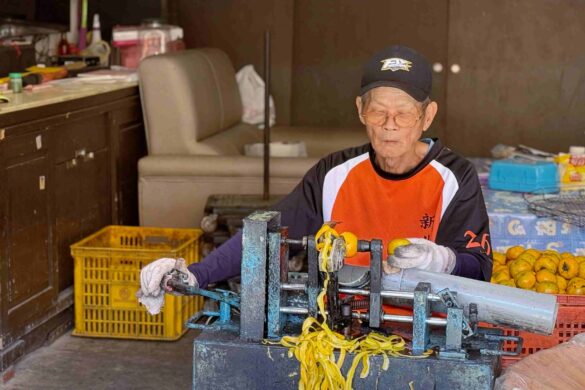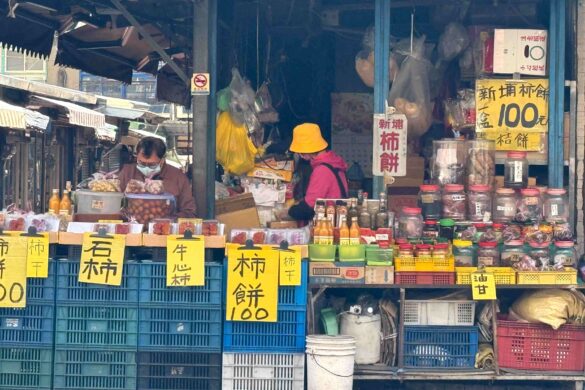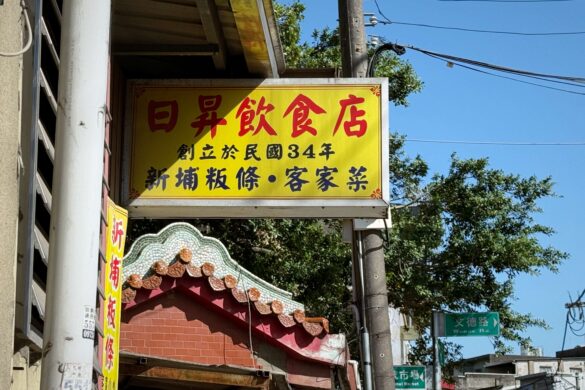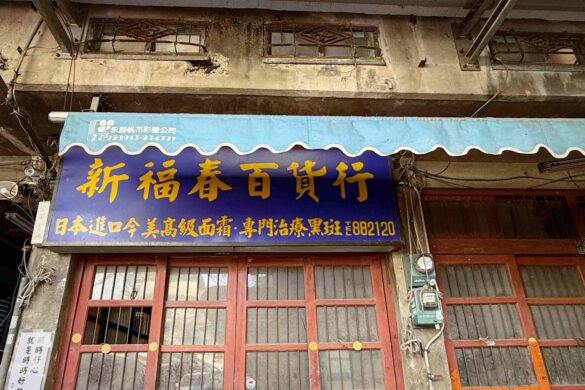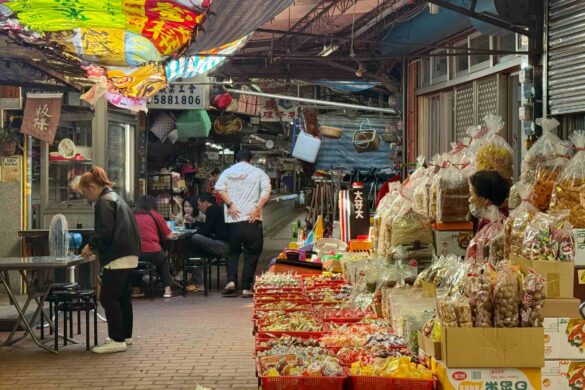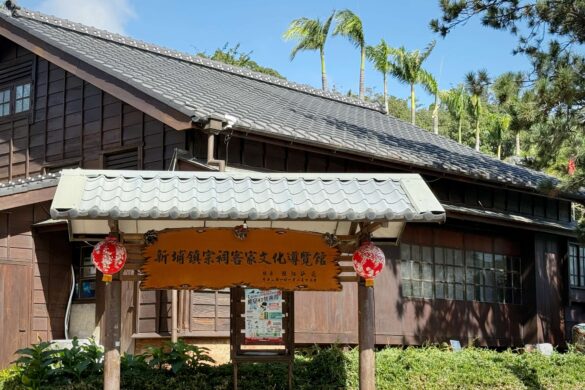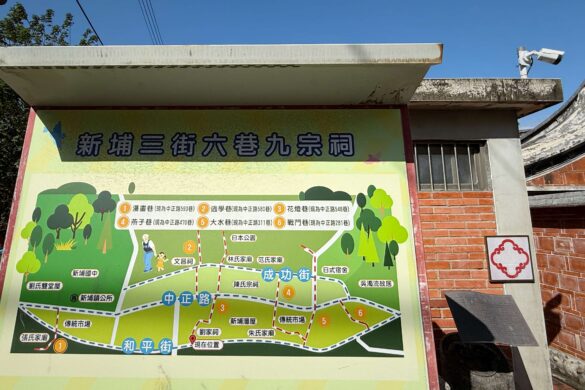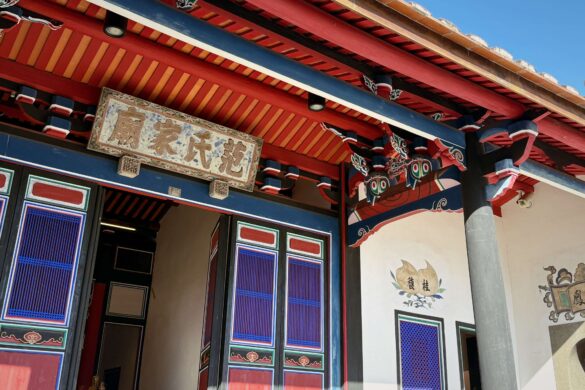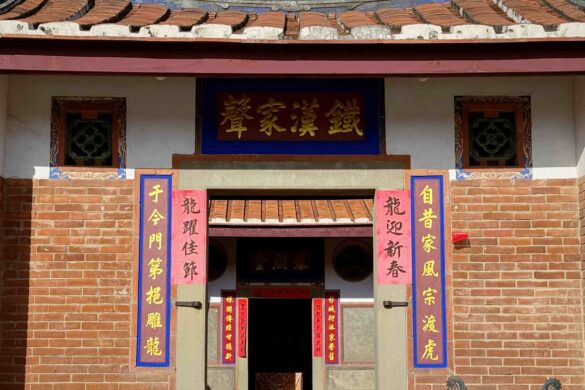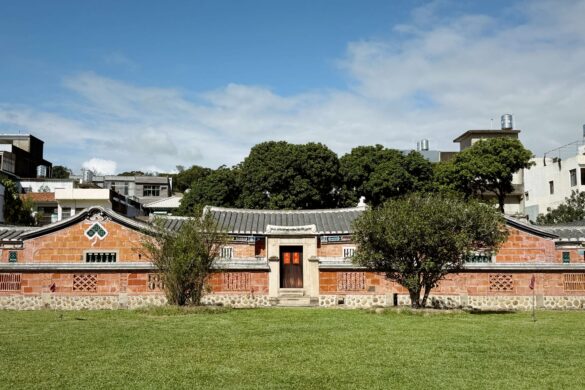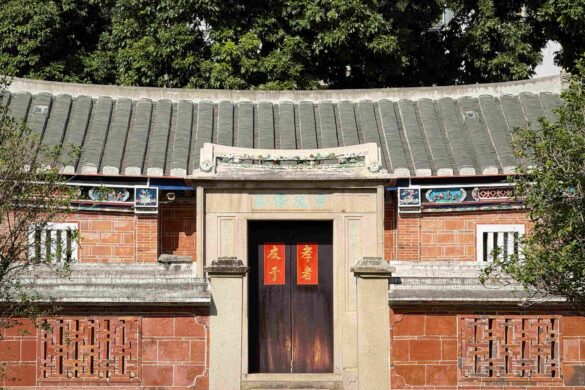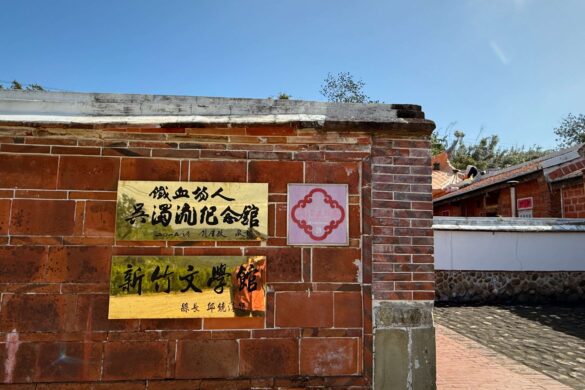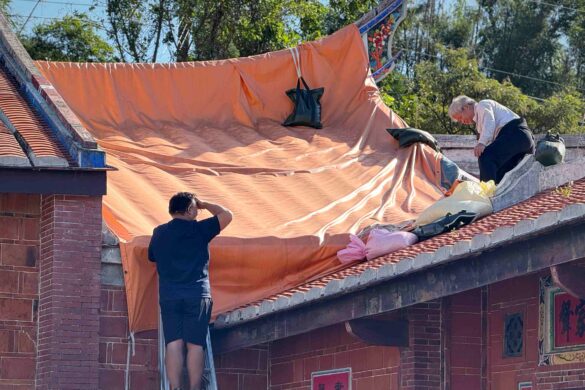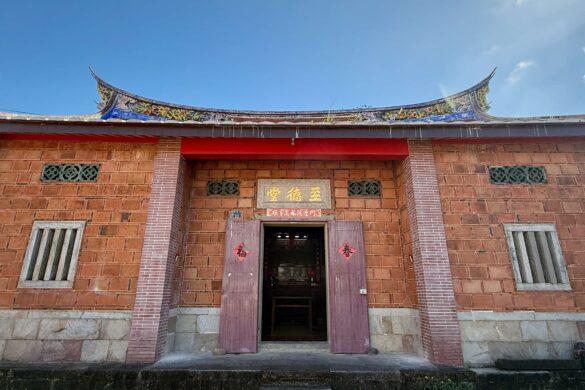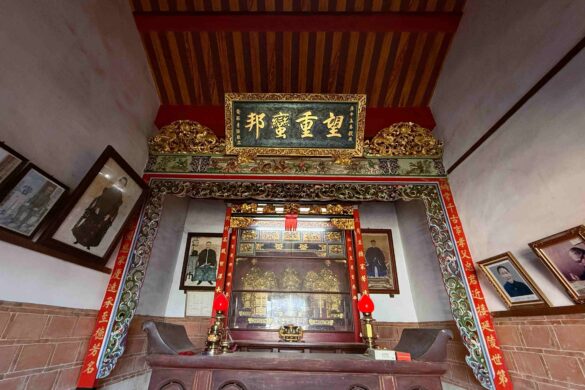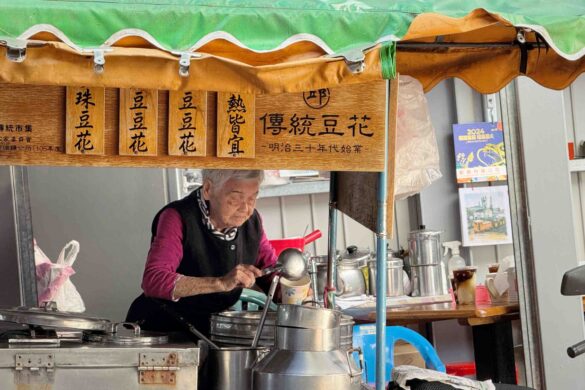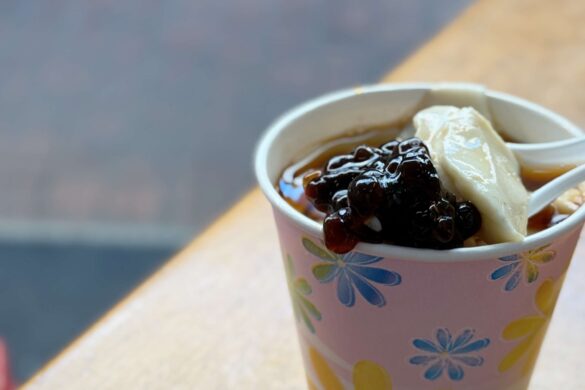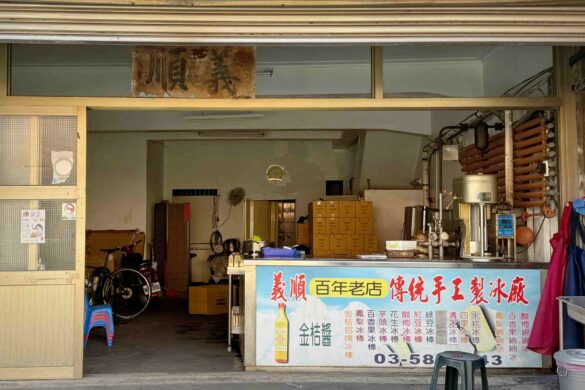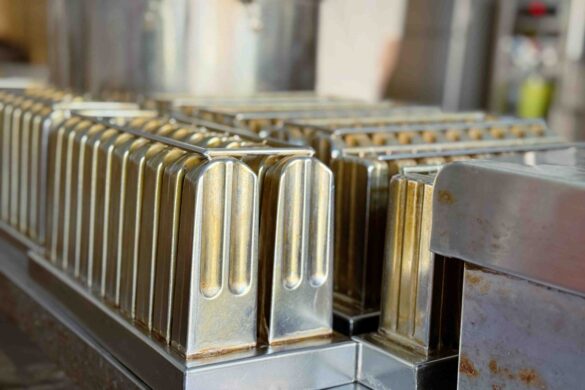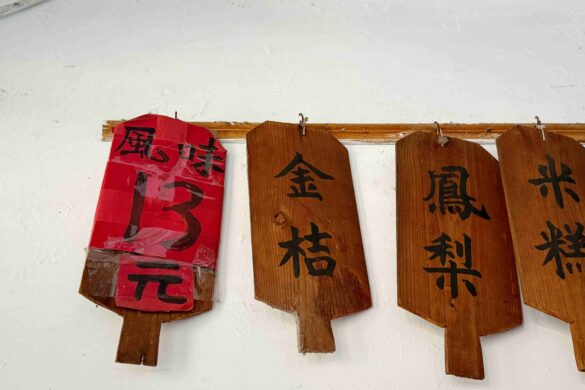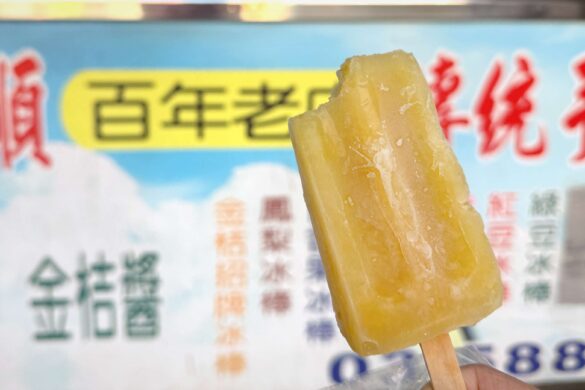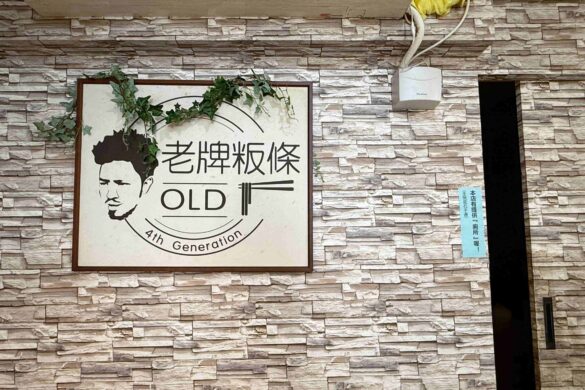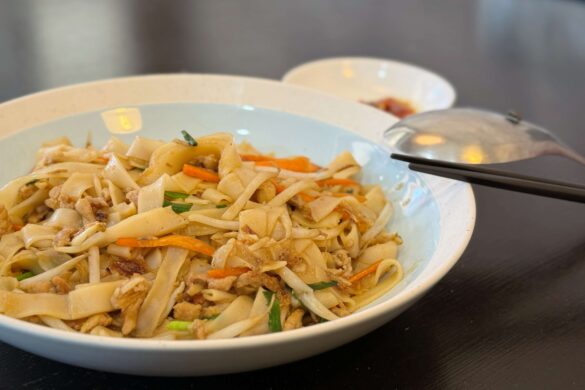From September to December each year, Xinpu benefits from its unique hilly terrain, combined with a dry climate and the strong “Jiujian” winds. These natural conditions create an ideal environment for making dried persimmons, supporting the processes of sun-drying, dehydration, and preservation. Once you taste them, you’ll discover that these persimmons are sweet, flavorful, and pleasantly chewy—no wonder they have become a popular local specialty that people love to bring home by the box. The sight of a whole field of golden persimmons drying in front of an old house has also become a bright and vivid impression of Xinpu in my mind.
Contents
◦ Hsinchu Travel Guide
01|Transportation in Hsinchu
🚄 Taiwan High Speed Rail
🚗 Cross-city Chartered One-day Tour from Taipei
🚍 Airport Bus Transfer | Taoyuan Airport (TPE)-Hsinchu Transfer Station
🛵 Hsinchu Scooter Rental|Hsinchu Railway Station Pickup
02|Popular Attractions in Hsinchu
🎫 Leofoo Village Theme Park Ticket
🎫 Little Ding Dong Science Theme Park Ticket
🎫 Little Ding-Dong Science Theme Park Ski Experience Ticket
🎫 Green World Ecological Farm Ticket in Hsinchu
🎫 Lavender Cottage Ticket in Hsinchu
🎫 Hsinchu City Zoo Ticket
03|Things To Do in Hsinchu
♨️ Taroko Square Formosa Stone Spa Ticket in Hsinchu
💆🏻♀️ Royal Thai Massage in Hsinchu
🏕️ Fall in Love with Xiong Glamping in Hsinchu
🌲 Hsinchu Simacus + Zhenxibao Shenm - 2D1N Hiking Tour
◦ The Past of Xinpu
Xinpu was formerly known as “Bali’gu,” originally a hunting ground for the Pingpu indigenous people. In 1784, more than a dozen Han Chinese families moved here, transforming the wilderness into farmland. That year marked the first recorded use of the name “Xinpu,” meaning newly developed land. By the early 19th century, Xinpu had become a major hub for sugarcane, tea, and camphor trade, with thriving commerce that nearly rivaled that of Zhucheng (today’s Hsinchu City).
Today, Xinpu is famous for its pears and persimmons. Its hilly landscape, dry climate, and the strong Jiujian winds from September to December make it particularly well-suited for drying persimmons, resulting in Xinpu’s dried persimmons being especially fragrant, chewy, and delicious!
◦ Attractions in Xinpu
01|Jin Han Persimmon Cakes Education Farm
Founded in 1947, Jin Han Persimmon Cakes Education Farm has a history of nearly 80 years. What began as a simple family farm growing persimmons and making dried persimmons has gradually evolved into a tourist destination that combines fruit picking with hands-on experiences, allowing visitors to fully experience the journey “from a single persimmon tree to a plate of dried persimmons.”
From September to December each year, the golden season for drying persimmons, baskets of persimmons glisten in the sunlight in front of the red-brick, Sanheyuan-style courtyard houses—a scene that has become one of Xinpu’s most charming sights.
Jinhan also offers DIY dyeing workshops. If you’re interested, you can make an online reservation through their fan page and bring home a pencil case or a stylish tote bag, naturally colored with persimmon juice!
Jin Han Persimmon Cakes Education Farm Opening Hours: 0900-1700 No. 501, Sec. 1, Hankeng Rd., Xinpu Township, Hsinchu
02|Weiweijia Persimmon Cakes Education Farm
Compared to the quaint, old-world charm of Jinhan, I found Weiweijia to be more “tourist-friendly,” designed with visitors in mind. The farm offers a spacious free parking lot, and ladders are set up in the persimmon drying area, making it easy for everyone to take photos with the baskets of golden persimmons.
What fascinated me the most was the charcoal-roasting workshop nearby. Skilled workers go through every step—removing the stems, peeling, roasting over charcoal, sun-drying, and even “massaging” the persimmons. Each step is essential in creating that perfectly sweet, chewy texture.
If you have enough time, I highly recommend visiting both Jinhan and Weiweijia to experience two completely different sights and atmospheres.
Weiweijia Persimmon Cakes Education Farm Opening Hours: 0900-1700 No. 53, Sec. 1, Hankeng Rd., Xinpu Township, Hsinchu
03|Xinpu Old Street
Extending from Xinpu’s First Public Retail Market, the nearby Xinpu Old Street is lined with rice noodle shops, fruit stores, hardware stores, dried persimmon shops, and traditional fabric stores. Winding alleys hide many historic old houses, instantly immersing visitors in the typical atmosphere of a Hakka settlement.
Stepping into Xinpu Market, you’ll find some long-closed old department stores alongside bustling stalls still in operation. Amid this blend of old and new, the town’s former prosperity seems to come alive once again.
Xinpu Old Street Xinpu Old Street stretches along Heping Street, Zhongzheng Road, and Chenggong Street in Xinpu Township.
04|3 Streets, 6 Alleys, 9 Ancestral Halls
Xinpu’s bustling district is dotted with many ancestral halls, important places for families to honor their ancestors and learn about local history. In recent years, thanks to the efforts of descendants and local government, some of these halls have been restored, allowing visitors to admire their historical beauty.
In 2016, Xinpu launched the “3 Streets, 6 Alleys, 9 Ancestral Halls” initiative, encouraging visitors to explore Zhongzheng Road, Heping Street, and Chenggong Street, winding through six small alleys to visit nine historic ancestral halls. The nine ancestral halls include the Chen Family Hall on Zhongzheng Road; the Zhang Family Hall, Liu Family Hall, Pan Residence, and Zhu Family Hall on Heping Street; the Lin Family Hall and Fan Family Hall on Chenggong Street; and, on the outskirts, the Liu Family Double Hall and the former residence of Wu Zhuoliu.
One that left a strong impression on me was the Pan Residence, impossible to miss as you pass by. Built on what Feng Shui calls the “Crab Mound,” the Pan Residence features a wide-and-short layout, resembling a crab. This design symbolizes the continuous vitality and prosperity associated with the Crab Mound.
3 Streets, 6 Alleys, 9 Ancestral Halls Xinpu Old Street stretches along Heping Street, Zhongzheng Road, and Chenggong Street in Xinpu Township.
05|The Former Residence of Wu Zhuoliu
When I visited the former residence of Wu Zhuoliu, I happened to see two maintenance workers repairing the eaves. That day, strong Jiujian winds were blowing, and I could barely keep my footing. I couldn’t help but admire the people of Hsinchu for living in harmony with such fierce winds.
The Wu Zhuoliu Former Residence is one of the “9 Ancestral Halls” and the place where this literary figure, known as the “Iron-Blooded Poet,” spent his youth. His representative works include Orphan of Asia, The Fig, and Taiwanian Forsythia. Today, a fig tree still stands on the left side of the residence. At the age of 70, Wu Zhuoliu established the “Wu Zhuoliu Literary Award” to encourage literary creation in Taiwan, and it continues to have a profound influence on the Taiwanese literary scene.
The Former Residence of Wu Zhuoliu Opening Hours: 0800-1200, 1300-1700, , closed on Monday and Tuesday. No. 33, Xinlong Rd., Xinpu Township, Hsinchu
◦ Restaurants and Snacks in Xinpu
01|Grandma Qiu’s Traditional Tofu Pudding
Over 90 years old, Grandma Qiu is a living piece of history at Xinpu’s First Public Retail Market. She insists on making her tofu pudding and all the toppings fresh every day. The silky, chewy pearl tofu pudding left me completely satisfied.
When I arrived at the market, it wasn’t even closing time yet, but the tofu pudding was already almost sold out, and customers kept coming nonstop. I think everyone who supports her so loyally doesn’t want to see her work so hard.
Grandma Qiu’s Traditional Tofu Pudding Opening Hours: 0700-1300, closed on Monday. Xinpu’s First Public Retail Market
02|Yishun Ice Shop
In today’s world of rising prices, finding a traditional popsicle for just 13 NTD is practically impossible elsewhere. I didn’t have high expectations, but after tasting their signature kumquat popsicle, I was absolutely amazed! The deliciousness of this popsicle doesn’t come from exotic spices, but from the pure, natural sweet-and-sour flavor of the kumquat itself. With simple ingredients, carefully cooked syrup, and straightforward preparation, this is the unbeatable charm that makes Yishun Ice Shop truly unique.
Yishun Ice Shop Opening Hours: 1000-1700 No. 99, Chenggong St., Xinpu Township, Hsinchu
03|Taiping Shengshi × Old-Brand Rice Noodles
In Xinpu, a town with over 50 rice noodle shops, Taiping Shengshi × Old-Brand Rice Noodles stands out with its distinctive charm. Now in its fourth generation, this traditional shop continues the classic techniques of homemade fried shallots, sweet broth, and chewy rice noodles, while adding a fresh, creative twist that gives it a unique style. “I want to use Taiwanese rice, Thai spiciness, and American boldness to create my own flavor.” This statement from the young owner left a deep impression on me.
This time, I ordered their generously sized signature stir-fried rice noodles. The aroma was rich yet not greasy, and every bite kept me coming back for more.
Taiping Shengshi X Old-Brand Rice Noodles Opening Hours Weekdays: 1030-1430, 1630-1900 Weekends: 1030-1600 Closed on Monday No. 212, Zhongzheng Rd., Xinpu Township, Hsinchu
◦ Flying Over Taiwan
*All aerial photography operations are conducted within legal airspace. During flight, regulations stipulated by the Civil Aviation Law are strictly followed, maintaining the required distance from buildings and crowds. Zooming and post-production techniques are used to ensure compliance, making the flights fully legal.
*Anyone citing these images and text must provide proper attribution. Unauthorized or illegal use of the images and text is prohibited and may result in legal liability.
◦ Other Areas in Hsinchu
➤ Xiangshan | The Romance of Sunset Scenery and Sea Breeze
